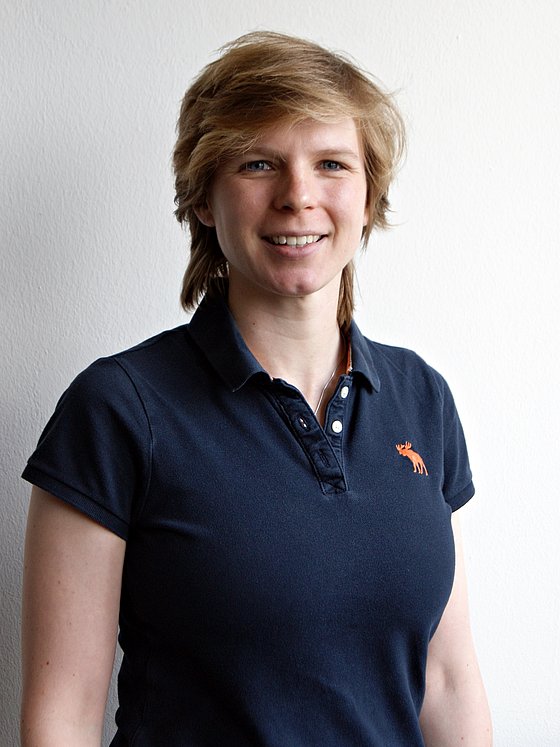Topological derivatives for the optimization of crashloaded structures

Optimizing structural crash safety is an important field of research in vehicle safety.
Based on crash simulation, it can be useful to apply methods for dimensioning,
shape and topology optimization. However, a crash is a highly dynamic process
and characterized by strong nonlinearities. This makes it difficult to determine
analytical sensitivities of the objective and the constraints with respect to the
design variables, which are important for many optimization procedures.
In this thesis, the Topological Derivative considering material nonlinearity, large
deformation and time dependency is presented. Here, the Topological Derivative
indicates how a functional would be affected by introducing a cut-out. Using the
adjoint method and an interpolation of the elasto-plastic material behavior, a
method for the determination of this sensitivity is developed.
The functionals are extended by the mechanical nonlinear transient equilibrium
equations with a Lagrange multiplier (the adjoint). This is chosen in a way that
the implicit derivatives, such as the derivative of the displacement with respect to
the design variable, are circumvented and only the explicit derivation terms, as for
example the derivation of the functional with respect to the design variable, are
required. For the calculation of the adjoint, a terminal value problem has to be
solved. Depending on whether first differentiation and then discretization in the
time domain is performed or vice versa, a separate solution scheme for the adjoint
is derived. The general development allows also the usage of the adjoint solution
scheme for functionals, which contain velocities or accelerations. For the internal
energy of a structure and the displacement of a single point, the Topological
Derivative is specified in the analytical form.
For the calculation of the Topological Derivative, integration terms remain, whose
analytical resolution is no longer possible. This integration is replaced by a material
interpolation, which represents the material behavior resulting from plastic strain
and isotropic hardening in the temporarily linearized form.
Shaker Verlag, ISBN: 978-3-8440-8248-7
